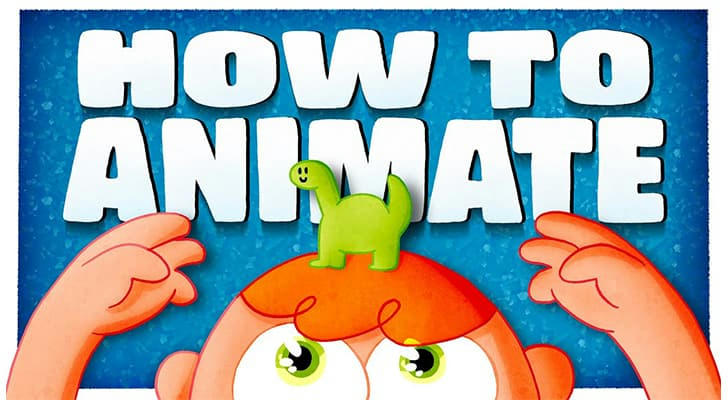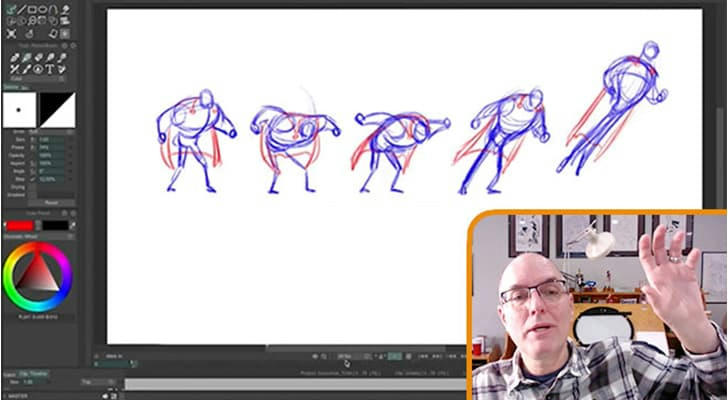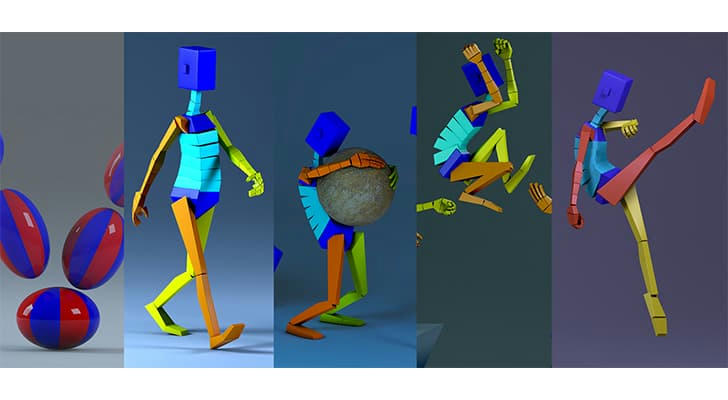Unleash Your Imagination: A Guide to Animation Training and the World of Animated Storytelling
Animation, a mesmerizing fusion of art and technology, possesses the extraordinary power to transport audiences to fantastical worlds and evoke profound emotions. From the enchanting charm of hand-drawn Disney classics to the visually stunning spectacles of modern animated blockbusters, animation continues to captivate generations. If the idea of bringing characters and stories to life has ever intrigued you, then animation training is the gateway to unlocking that boundless creative potential.

The Evolution of Animation: From Studio Monopolies to Individual Creativity
Gone are the days when animation was solely the domain of massive studios with towering budgets. The digital revolution has radically transformed the landscape, democratizing the medium and putting professional-grade tools into the hands of aspiring animators worldwide. Today, high-powered software and an abundance of learning resources enable independent creators, hobbyists, and even businesses to harness the magic of animation in ways once unimaginable.
According to a report by Market Research Future, the global animation market is expected to reach $587 billion by 2030, growing at a compound annual growth rate (CAGR) of 5.2%. This growth is fueled by the rising demand for animated content in entertainment, gaming, advertising, and education.
Why Pursue Animation? A World Beyond Entertainment
Embarking on an animation journey offers an array of benefits that stretch far beyond the realm of entertainment:
1. Unlocking Creative Expression
Animation cultivates visual thinking, requiring you to translate abstract concepts into captivating visual narratives. It forces a deeper consideration of pacing, timing, and character arcs, sharpening storytelling abilities in ways that extend across multiple disciplines.
2. Mastering Technical and Digital Proficiency
Mastery of animation software equips creators with a diverse set of technical skills. Learning 2D animation programs such as Toon Boom Harmony and Cartoon Animator, or delving into advanced 3D modeling software like Blender and Maya, provides a solid foundation in digital artistry. These skills extend to various creative industries, including gaming, advertising, and virtual production.
A 2024 LinkedIn report highlighted that proficiency in 3D animation software is among the top 10 most in-demand skills for creative professionals, with a 35% increase in job postings requiring expertise in Maya, Blender, and Cinema 4D.
3. Expanding Career Horizons
The demand for skilled animators continues to grow across multiple sectors. From film and television to the booming gaming industry, digital marketing, and even medical visualization, animation serves a crucial role in crafting engaging and informative content. Fields such as education and scientific research also rely on animators to translate complex concepts into digestible visual formats.
According to the U.S. Bureau of Labor Statistics (BLS), employment for multimedia artists and animators is projected to grow 8% from 2022 to 2032, faster than the average for all occupations, with approximately 6,700 job openings annually.
4. A Platform for Unique Storytelling
Animation serves as an unparalleled medium for self-expression. It allows creators to visualize inner thoughts, design immersive worlds, and develop characters that reflect their unique perspectives. Unlike live-action storytelling, animation removes physical limitations, making even the most fantastical ideas possible.
5. Enhanced Communication and Engagement
In a world where attention spans are shrinking, animation provides an effective communication tool. Animated explainer videos, interactive infographics, and visual storytelling techniques make complex topics more accessible and engaging, a crucial asset for education and corporate presentations.
A study by HubSpot found that video content, including animation, increases viewer retention rates by 95%, making it a powerful medium for marketing and educational purposes.

Exploring Your Training Options: Paths to Becoming an Animator
Animation training is more accessible than ever, catering to different learning styles and levels of expertise:
1. Online Learning Platforms
Websites like Udemy, Coursera, and Skillshare offer extensive animation courses, covering everything from foundational principles to specialized techniques such as character rigging and motion graphics. YouTube is also a goldmine of free tutorials for self-paced learners.
2. Software-Specific Training Programs
Animation software companies often provide official training resources, including tutorials, comprehensive documentation, and vibrant online communities that facilitate peer learning and troubleshooting.
3. University and Art School Programs
For those seeking a structured, in-depth education, universities and art schools offer degree programs in animation, digital media, or film production. These programs blend theory, practical training, and portfolio-building opportunities, preparing students for professional careers.
Notable institutions like the California Institute of the Arts (CalArts), Savannah College of Art and Design (SCAD), and Gobelins, l'École de l'Image in France have produced some of the industry's top animators and directors.
4. Workshops and Bootcamps
Short-term intensive programs offer focused instruction on particular animation skills, such as character animation, visual effects, or game design. These are excellent for those looking to fast-track their skills without committing to a long-term degree.
5. Self-Learning and Consistent Practice
While formal education is valuable, self-learning remains an essential aspect of growth. Experimenting with different techniques, engaging in personal projects, and participating in animation communities can accelerate improvement and open doors to collaboration opportunities.
Getting Started: Practical Tips for Aspiring Animators
1. Choose the Right Software for Your Goals
Selecting animation software that aligns with your aspirations and skill level is essential. Beginners may start with simple tools before transitioning to industry-standard software.
2. Master the Basics Before Diving into Complexity
Understanding animation fundamentals before tackling complex projects helps build a strong foundation and prevents frustration down the line.
3. Develop a Consistent Practice Routine
Like any art form, animation improves with practice. Setting aside time for daily or weekly practice sessions will yield noticeable progress.
4. Seek Constructive Feedback
Engaging with animation communities or seeking mentorship can provide valuable insights and help refine your skills.
5. Embrace Patience and Perseverance

Animation is a time-intensive craft that requires persistence. Mastering the art form takes years of practice, but the creative rewards are immeasurable.
The Future of Animation: A Landscape of Endless Possibilities
Technological advancements continue to push the boundaries of animation. Emerging fields such as virtual reality (VR), augmented reality (AR), and artificial intelligence (AI) are transforming the industry, opening up new storytelling techniques and immersive experiences.
According to a PwC report, the VR and AR market in media and entertainment is expected to reach $184 billion by 2030, significantly influencing animation production and consumption.
Whether your dream is to produce animated films, develop game cinematics, create content for social media, or explore interactive media, animation training equips you with the skills needed to bring your imagination to life. With accessibility at an all-time high and tools more powerful than ever, there’s no better time to step into the world of animation and unleash your creative potential.
